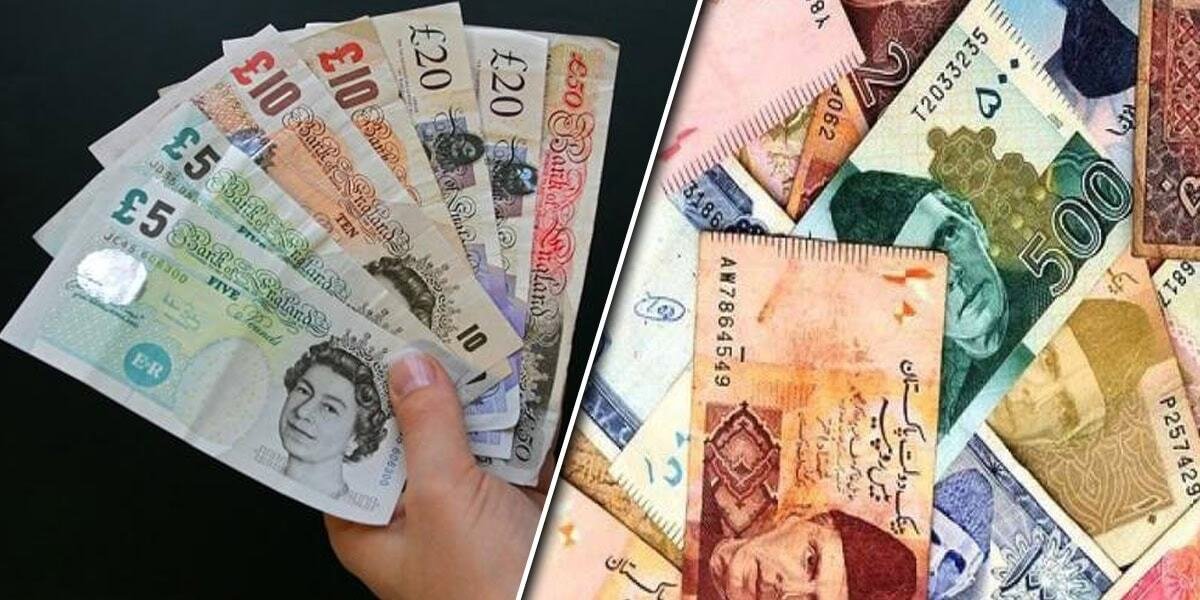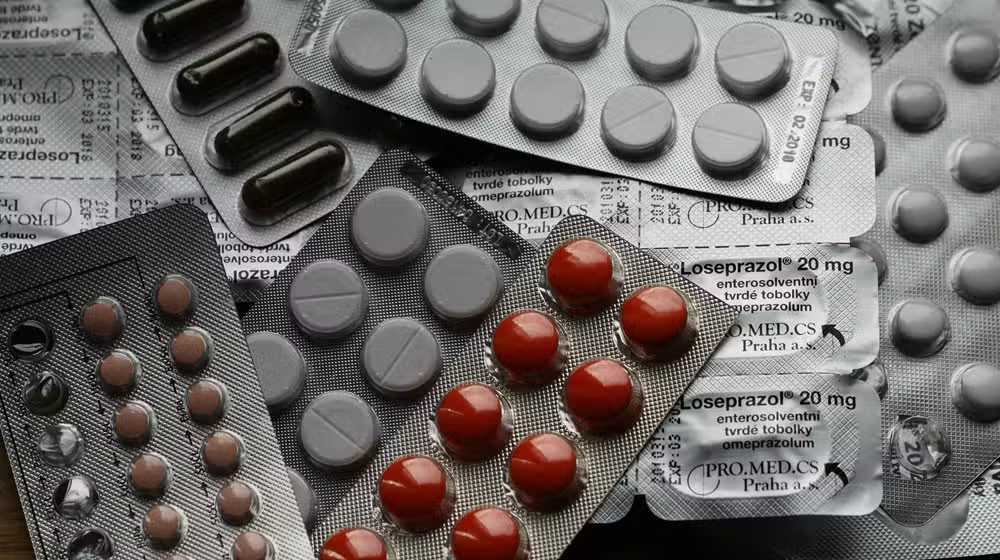Pakistani Rupee Gains Value, Goes Above 392 Against British Pound in Open Market

In a surprising and encouraging development for Pakistan’s economy, the Pakistani Rupee gains value against the British Pound in the open currency market. The exchange rate improved to above PKR 392 per GBP, marking a significant appreciation of the rupee after weeks of depreciation and fluctuations.
This sudden upturn has caught the attention of financial analysts, currency traders, and the general public. Let’s explore what triggered this positive change and what it means for the country’s economic outlook.
Market Overview: Rupee Rebounds After Weeks of Pressure
For the past few months, the Pakistani Rupee had been under immense pressure due to a mix of domestic and international challenges. Factors such as inflation, political instability, and rising global oil prices contributed to a weakening currency.
However, this week marked a turning point. The Pakistani Rupee gains value by rising above 392 against the British Pound in the open market. This represents a reversal of the recent trend and reflects renewed confidence in the country’s financial markets.
Reasons Behind the Appreciation
Several factors contributed to the recent gain in the rupee’s value:
-
IMF Loan Tranche Released
Pakistan received a much-needed loan tranche from the International Monetary Fund (IMF), boosting foreign exchange reserves. This helped stabilize market sentiment and restored investor confidence. -
Improved Export Figures
The country recorded better than expected export earnings in the last quarter. This inflow of foreign currency helped strengthen the rupee against major currencies like the British Pound. -
Decline in Import Bills
Lower import volumes, mainly due to reduced oil prices, eased pressure on the country’s foreign reserves, allowing the local currency to regain ground. -
Increased Remittances
Overseas Pakistanis sent more money home over the last month, contributing to the rupee’s stability and strength.
These combined factors created favorable conditions where the Pakistani Rupee gains value in both the open and interbank markets.
Impact on the Economy
The strengthening of the Pakistani rupee brings multiple benefits to the economy:
-
Cheaper Imports: A stronger rupee means importing goods like fuel, machinery, and raw materials becomes less expensive.
-
Lower Inflation Risk: With import prices falling, inflationary pressures may ease in the coming months, providing relief to consumers.
-
Investor Confidence: Currency strength sends positive signals to local and foreign investors about Pakistan’s financial stability.
-
Better Trade Balance: Improved currency performance, combined with growing exports, could help narrow the trade deficit.
While the gains are welcome, economists caution that maintaining this trend requires consistent policy support and macroeconomic discipline.
Reactions from the Market
Currency dealers across Karachi, Lahore, and Islamabad have reported increased demand for the rupee, especially among individuals planning overseas travel or trade related activities.
“We’ve seen a noticeable shift in customer behavior. People are exchanging foreign currency back into rupees, expecting it to go even higher,” said a currency trader in Lahore’s Liberty Market.
At the same time, importers are breathing a sigh of relief as their future orders may now cost less. Exporters, however, are slightly concerned, as a stronger rupee can reduce their competitive edge abroad.
Still, the general tone in the market is optimistic, with many hoping this trend will continue in the weeks ahead.
Outlook for the Coming Weeks
Analysts believe that while the Pakistani Rupee gains value in the short term, sustaining this momentum will depend on various factors:
-
The government’s ability to control inflation.
-
Continued support from international lenders like the IMF and World Bank.
-
Political stability in the run up to upcoming elections.
-
Managing foreign debt repayments effectively.
If these conditions are managed well, the rupee may continue to show strength not only against the British Pound but also against other major currencies like the US Dollar and Euro.
Government Response and Future Policy
Finance Minister Muhammad Aurangzeb welcomed the improvement in the exchange rate, stating, “This is a direct result of our ongoing efforts to strengthen the economy, restore investor confidence, and implement responsible fiscal policies.”
He further added that the government is committed to maintaining exchange rate stability and building up the country’s foreign reserves.
Moving forward, the government plans to encourage exports, attract foreign direct investment (FDI), and streamline remittance inflows through official channels.
Final Thoughts
The news that the Pakistani Rupee gains value is certainly a breath of fresh air for Pakistan’s economy. While short term gains should be celebrated, long-term sustainability will be the real challenge.
Strong economic management, responsible policy making, and global cooperation are all necessary to ensure that this positive development is more than just a temporary bounce.
For now, however, Pakistanis can take comfort in the fact that their currency is finally showing strength in the global market, a much needed boost in confidence during tough economic times.




